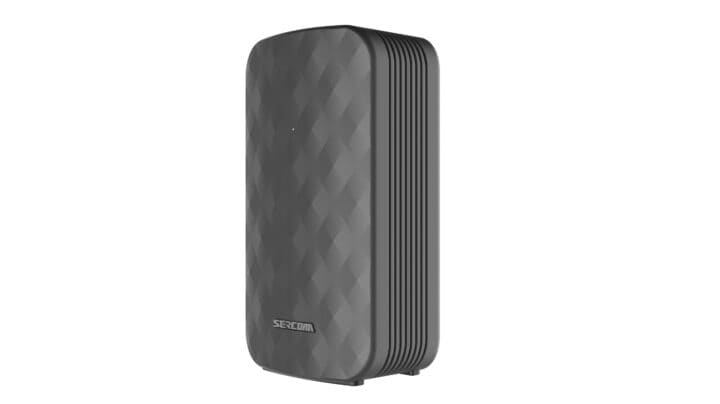Trying to keep your WiFi safe can feel confusing. There are a bunch of letters like WEP, WPA, WPA2, and WPA3 that show up when you look at your router settings. You might wonder what they all mean or if you picked the right one. This post will walk through what each type of WiFi encryption does, why some are better than others, and which one you should use for better home security. By the end, you should feel more sure about what to pick and how to set it up to keep hackers out of your network.
Wifi Encryption and WEP
Wired Equivalent Privacy, or WEP, is one of the first security methods made for Wi-Fi networks. It was created in the late 1990s. The goal was to make wireless networks as safe as wired ones by using a password to stop strangers from joining a Wi-Fi network. WEP uses an older type of encryption, which means it scrambles the data sent over the network so it is not easy to understand if someone tries to listen in.
Even though WEP was meant to help keep people safe online, it has many problems. The way WEP scrambles information is weak. Hackers have learned how to break WEP passwords using simple tools that are easy to find. It does not take long for someone with bad intentions to get into a WEP-protected network. Because of this problems, WEP is no longer a good choice for keeping Wi-Fi safe. Technology has moved forward, and better options are now available. Most experts agree that people should not use WEP, even for older devices. Using stronger Wi-Fi protection like WPA2 or WPA3 is a better way to keep your network safe from hackers.
The Rise of WPA and WPA2
WPA stands for Wi-Fi Protected Access. It came out after people found problems with WEP. WPA made it harder for people to break into wireless networks because it used better ways to check passwords and keep network traffic safe. It was used to help keep Wi-Fi connections private and stop people from listening in.
WPA2 was released after WPA. This new version added stronger encryption by using a method called AES, which stands for Advanced Encryption Standard. This meant that data sent over Wi-Fi was harder for hackers to crack. Most routers made in the last decade have WPA2 as a standard option, and many devices use it by default.
Both WPA and WPA2 are better than WEP, but they are not perfect. WPA can be broken with the right tools and some time. WPA2 is stronger, but it is not safe against every type of attack. For example, if someone knows your Wi-Fi password, they can still get in. There were also some problems found in WPA2, such as the KRACK attack, that let people read some network traffic if they were close by. Newer types of Wi-Fi security, like WPA3, were made to fix these problems.
WPA3, the New Standard
WPA3 is the newest WiFi security standard. It uses stronger security measures than earlier versions like WPA2. One of the main changes is better protection for passwords, even if you use a weak one. WPA3 also makes it harder for people to guess your WiFi password by blocking repeated tries. It uses a method called Simultaneous Authentication of Equals, which makes it more difficult for someone to snoop on your network. Devices certified after 2020 are more likely to support WPA3, but some older ones may not work with it.
Choosing the Right Encryption Type
The best Wifi encryption choice for most people to use is WPA3. If your devices can’t support WPA3 yet, WPA2 is the next best option. WEP and WPA are old and should not be used because they are easy for hackers to break. Sticking with WPA3 or WPA2 helps keep your WiFi safer from unwanted access.
To check your WiFi encryption, you can look at your router’s settings. Usually, you can do this by typing your router’s IP address into a web browser, logging in, and finding the wireless or security section. Here, you can see what type of encryption is active. If you see an option for WPA3, you can select it. Some routers let you choose WPA2 and WPA3 together for better device support. After saving any changes, your router might restart and your devices may need to reconnect.
In Summary
Picking the right WiFi security setting is not hard once you know what each option means. WEP and WPA are old and do not do a good job of keeping people out. WPA2 is much better, and WPA3 is the newest and safest choice for most homes. If you can, use WPA3, or pick WPA2 if your devices are older. Checking your router’s settings and choosing one of these stronger options can help keep your information and devices safer from hackers. Staying up to date with your WiFi security is one simple step you can take to protect your home network.




